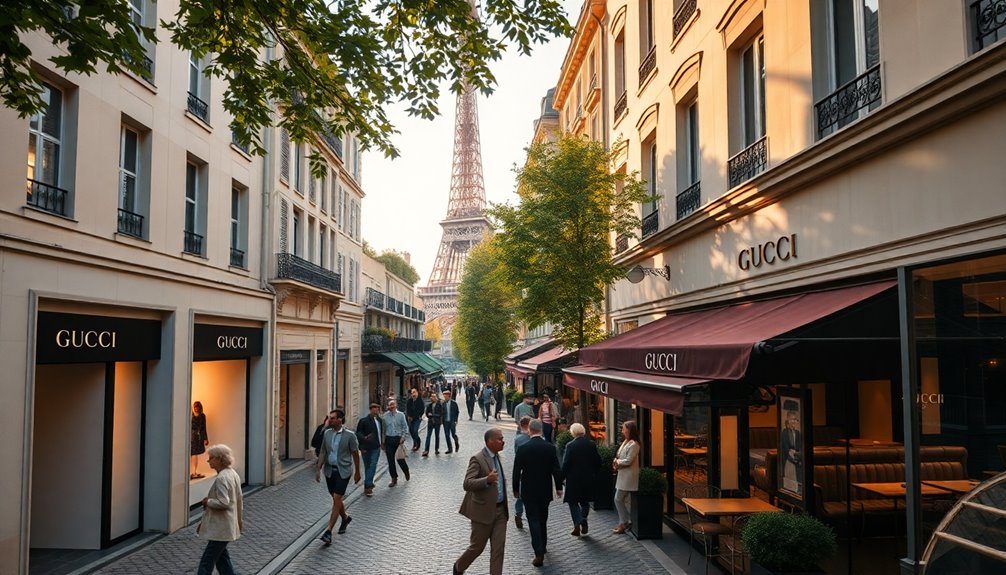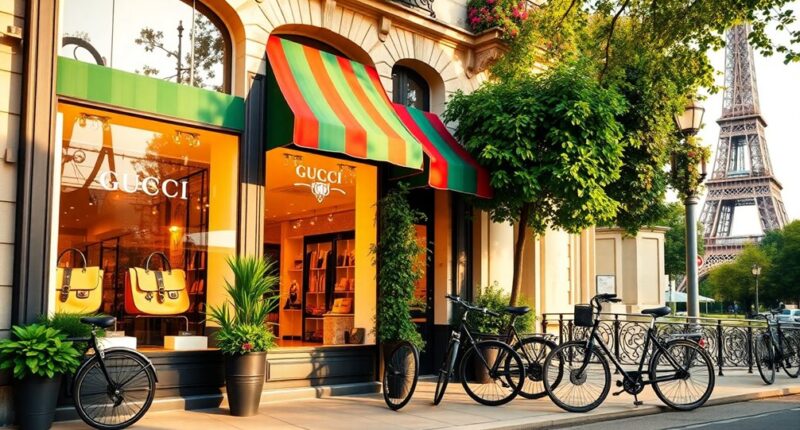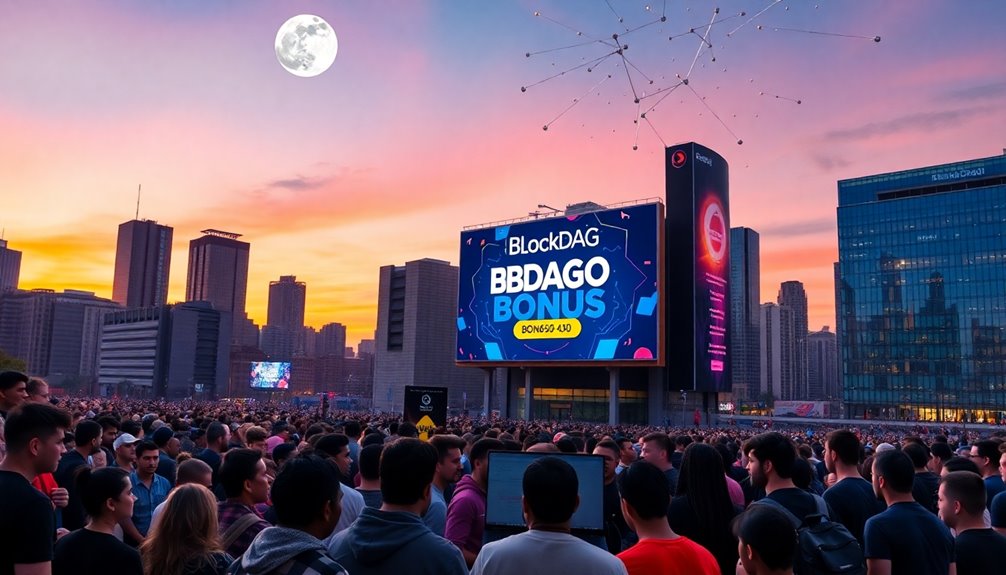Gucci’s recent decision to sell a 60% stake in its prime Paris properties raises important questions about luxury brand strategies. By partnering with Ardian, Gucci aims to enhance its appeal to high-end clients while maintaining a significant presence in one of the world’s fashion capitals. This move not only reflects a shift in real estate dynamics but also hints at the underlying motivations driving luxury brands today. What might this mean for the future of luxury retail? The collaboration with Ardian could signify a broader trend among luxury brands to leverage partnerships for financial resilience in an increasingly competitive market. As brands like Gucci seek to adapt to changing consumer preferences and explore new revenue streams, their strategies may increasingly involve innovative real estate ventures and investment alliances. Recent developments, such as the ‘richemont cfo mytheresa board news‘, showcase how high-level financial decisions and strategic boardroom movements are becoming pivotal in shaping the future landscape of luxury retail, pushing brands to rethink their positioning and value propositions.

As Kering, Gucci's parent company, looks to enhance its financial flexibility, it recently announced the sale of a 60% stake in three prime Paris properties to Ardian for €837 million. This strategic move includes the historic Boucheron building and flagship stores for Balenciaga and Valentino. By retaining a 40% stake, Kering ensures that these iconic locations remain integral to its brand presence, even as it frees up significant capital for other operational needs.
This sale is more than just a financial transaction; it's a reflection of Kering's commitment to strategic real estate management. In a competitive luxury market, where brands are investing heavily in prime retail locations, Kering's partnership with Ardian allows it to maintain access to these prestigious sites while unlocking cash to support its other endeavors. The deal underscores a transformative shift in how luxury brands approach real estate, indicating a shift towards balancing financial prudence with operational necessities. Notably, this transaction includes three prime Paris properties, which highlights the significance of the locations involved.
The decision comes at a critical time for Kering, which has faced challenges like a 38% drop in its share price last year, largely attributed to Gucci's struggles. With Gucci accounting for two-thirds of Kering's profits, its performance is vital for the parent company's overall health. Recent profit warnings and a notable decline in market valuation have put pressure on Kering to adapt.
This sale is part of a broader strategy to navigate these financial challenges, allowing the company to continue investing in its core brands while maintaining a foothold in key retail markets. Your understanding of Kering's motives can deepen as you consider the financial implications of this sale. The transaction is set to generate approximately $862 million for Kering, a substantial amount that can be redirected towards enhancing brand presence and operational capabilities.
While many companies might view real estate solely as an asset to manage, Kering sees it as a critical support system for its brands. The decision to sell isn't part of a broader portfolio strategy; it's a necessity driven by current market conditions. Looking ahead, the sale is expected to close in early 2025, marking a new chapter for Kering and its luxury brands.
The collaboration with Ardian is poised to be transformative, not just for Kering but for the luxury real estate landscape as a whole. Maintaining brand visibility in prime locations is crucial, especially as the market evolves and becomes increasingly competitive.









